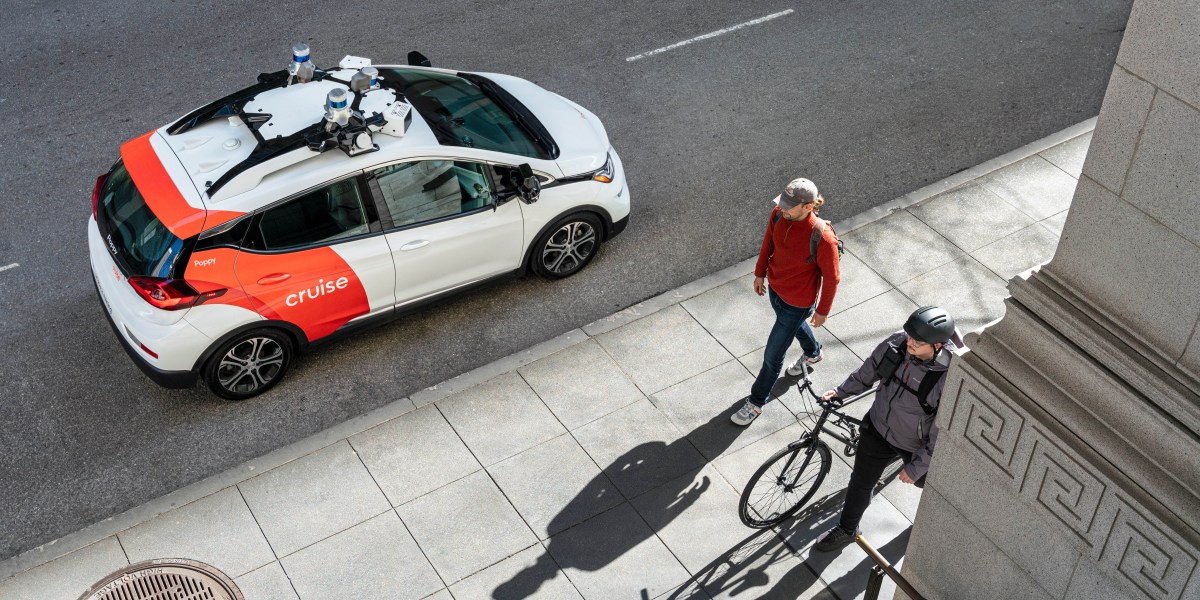
Bryant Walker Smith, an associate professor of law at the University of South Carolina, echoes this concern. “These companies are competing with an Uber driver who, in any estimate, makes less than minimum wage, has a midpriced car, and probably maintains it themselves,” he says.
By way of contrast, robotaxis are expensive vehicles packed full of cameras, sensors, and advanced software systems, and they require constant monitoring and help from humans. It’s almost impossible for them to compete with ride-sharing services yet, at least until a lot more robotaxis can hit the road.
And as robotaxi companies keep burning the cash from investors, concerns are growing that they are not getting enough in return for their vast expenditure, says Smith. That means even more pressure to produce results, while balancing the potential revenues and costs.
The resistance to scaling up
In the US, there are currently four cities where people can take a robotaxi: San Francisco, Phoenix, Los Angeles, and Las Vegas.
The terms differ by city. Some require you to sign up for a waitlist first, which could take months to clear, while others only operate the vehicles in a small area.
Expanding robotaxi services into a new city involves a huge upfront effort and cost: the new area has to be thoroughly mapped (and that map has to be kept up to date), and the operator has to buy more autonomous vehicles to keep up with demand.
Also, cars whose autonomous systems are geared toward, say, San Francisco have a limited ability to adapt to Austin, says Cummings, who’s researching how to measure this type of adaptability. “If I’m looking at that as a basic research question, it probably means the companies haven’t learned something important yet,” she says.
These factors have combined to cause renewed concern about robotaxis’ profitability. Even after Cruise removed its vehicles from the road, Waymo, the other major robotaxi company in the US, hasn’t jumped in to fill the vacuum. Since each robotaxi ride currently costs the company more money than it makes, there’s hardly an appetite for endless expansion.
